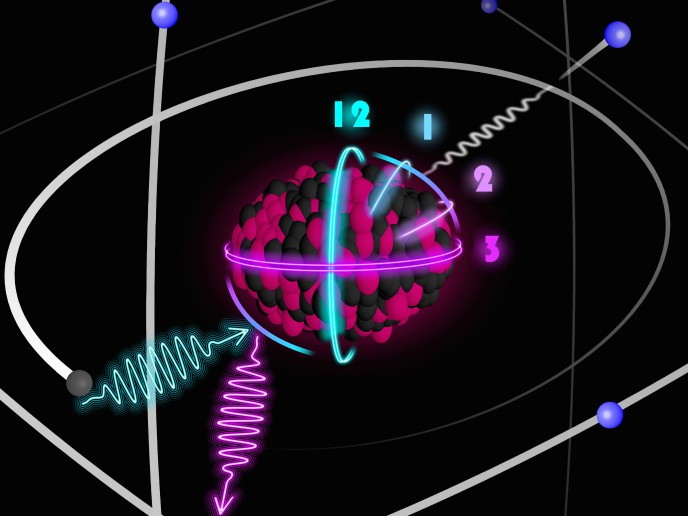Hybrid rotaxanes for the tiniest computers
Conventional computers work by processing and storing information in the form of bits. Within each bit, information is stored either as zero or one. Quantum computers will use quantum bits – also called qubits – that are capable of representing a range of values between zero and one simultaneously. Their complexity introduces the possibility of intricate calculations being performed more quickly than can be achieved with modern computers. Researchers working on the HYBROQUBITS (Developing hybrid organic-inorganic rotaxanes for quantum information processing) project sought to bring such non-silicon, non-binary computing a step closer to reality. With the support of the EU, the researchers built on previous research work that led to tiny magnets combined with molecular machines that can shuttle between two locations without the use of external force. The challenge faced was to bring many of these building blocks for superfast computers together. The HYBROQUBITS team engineered hybrid systems that have the physical properties and chemical properties of both inorganic and organic components – for example, high conductivity and magnetic properties with self-assembly. Specifically, [3]-rotaxanes, featuring organic threads through inorganic Cr7Ni rings, were synthesised using supramolecular chemistry. Supramolecular chemistry allows many related structures to be synthesised from similar building blocks. HYBROQUBITS researchers used single-crystal X-ray diffraction to verify the structures of the huge rotaxanes produced. Their next step was to monitor molecular motion by nuclear magnetic resonance spectroscopy. Future steps include introducing methods for linking molecules together to build the basic units for a quantum computer and for switching interactions on and off between qubits. A photosensitive organic component is considered to allow the use of light as a means to switch on and off the communication between qubits threaded onto a single axle during computation.







